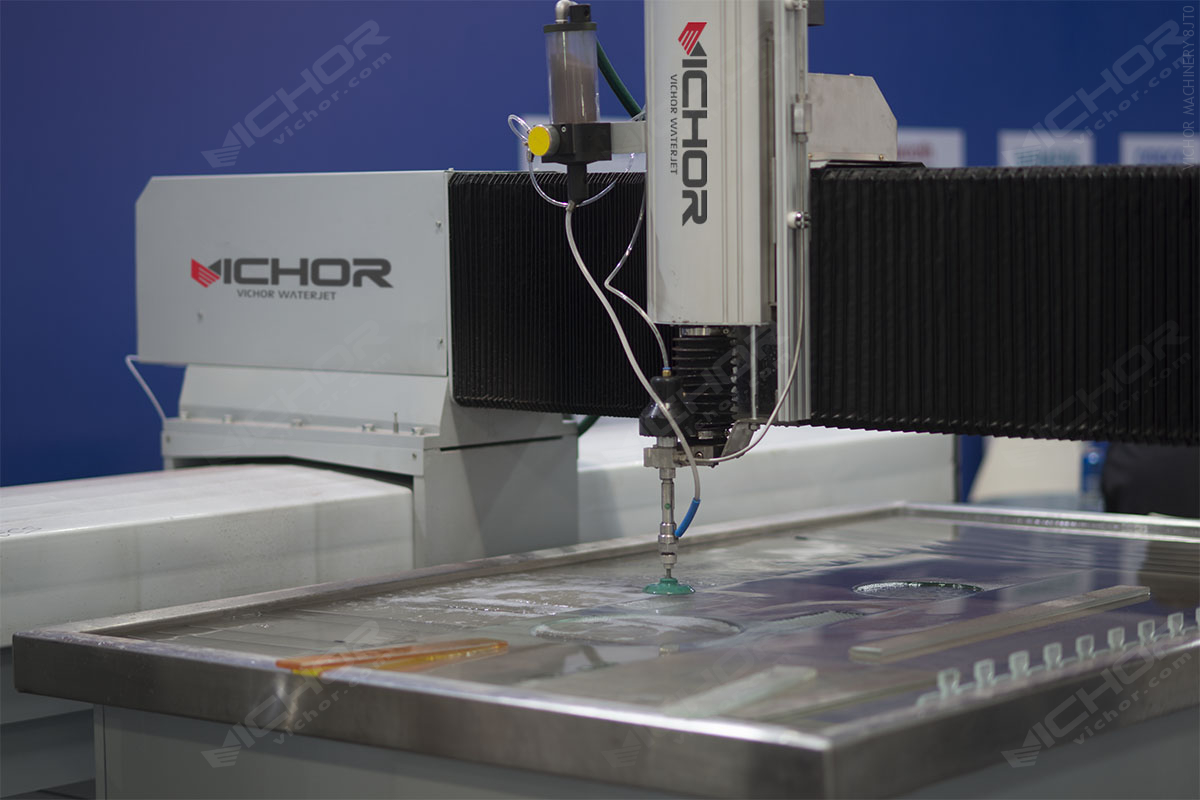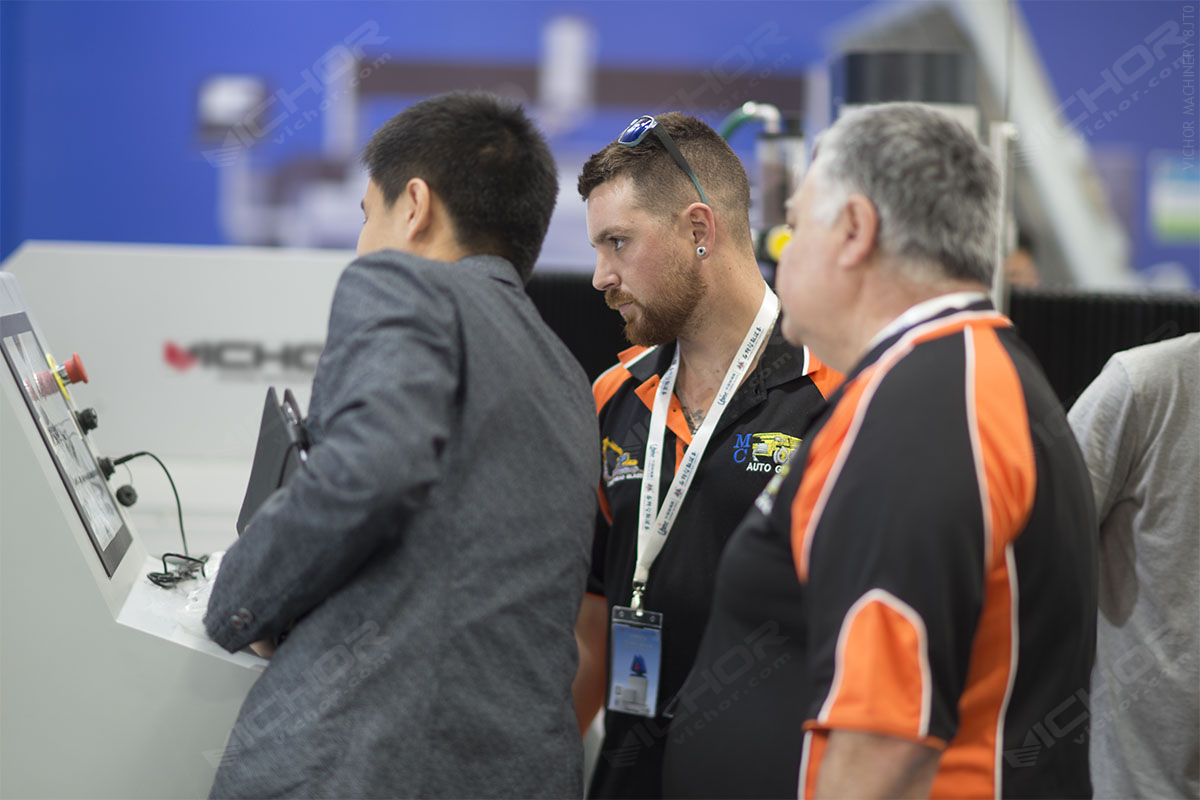
7 Reasons Why a Mini Hydro Jetter Should Be Your Next Plumbing Investment
Forget the frustration of sluggish drains, recurring clogs, and the limitations of traditional snaking. In the world of plumbing maintenance, a powerful yet compact solution is revolutionizing how professionals and savvy homeowners tackle tough blockages: the mini hydro jetter. This specialized tool harnesses the intense power of pressurized water to scour pipes clean, offering a level of effectiveness that often surpasses mechanical methods. If you deal with drain issues regularly, understanding the capabilities of a mini hydro jetter is crucial. Here’s an in-depth look at why this tool deserves a spot in your arsenal.
1. What Exactly is a Mini Hydro Jetter? (The Core Technology Explained)
At its heart, a mini hydro jetter is a scaled-down, highly portable version of the industrial hydro-jetting systems used by municipal crews and large plumbing contractors. It utilizes a high-pressure pump (typically gasoline or electric-powered) to force water through a specialized hose and nozzle at velocities ranging from 1,500 PSI to over 4,000 PSI. Unlike a pressure washer designed for surfaces, a mini hydro jetter is engineered specifically for drain and sewer line cleaning.
The magic lies in the nozzle. Mini hydro jetter nozzles are designed with strategically placed rear-facing jets. As pressurized water exits these jets, it creates a powerful thrust that propels the nozzle forward through the pipe. Simultaneously, the nozzle features forward and sideways-facing jets that blast water directly onto the pipe walls, disintegrating grease, sludge, mineral scale, tree roots, and other stubborn debris. The dislodged material is then flushed downstream by the water flow and the vacuum created by the nozzle’s movement. This combination of mechanical scouring and hydrodynamic cleaning provides a thorough, pipe-safe cleanse.
The “mini” aspect refers to its compact size, lighter weight, and often more manageable hose diameter (typically 1/4″ to 3/8″) compared to larger truck-mounted units, making it ideal for smaller diameter pipes (usually 1.5″ to 4″) found in residential and light commercial settings.
2. Key Features & Capabilities of a Modern Mini Hydro Jetter
Modern mini hydro jetters pack impressive features into their portable frames:
High-Pressure Pump: The core component, generating the necessary water pressure (PSI) and flow rate (GPM – Gallons Per Minute). Higher PSI provides cutting/scouring force, while higher GPM ensures effective debris removal. A good mini hydro jetter balances both (e.g., 3000+ PSI / 2.5+ GPM).
Portability: Designed for easy transport and maneuverability. Many feature robust wheeled frames, while smaller units might be carried like a backpack or suitcase. This allows access to basements, backyards, and tight spaces where larger rigs can’t go.
Hose & Reel: Flexible, abrasion-resistant, high-pressure hose (usually 50-200 feet) wound on a manual or powered reel for tidy storage and deployment. The hose must withstand the intense internal pressure and the friction of being pulled through pipes.
Specialized Nozzles: A variety of nozzles are essential for different jobs:
Root Cutting Nozzles: Feature hardened steel cutting tips to slice through intrusive roots.
Descaling Nozzles: Designed to blast away hard mineral deposits (calcium, lime).
General Cleaning Nozzles: For grease, sludge, and soft blockages.
Chain Nozzles: Use rotating chains for extra aggressive cleaning on tough scale.
Bottom Clean Nozzles: Focus jets downward for pipes with heavy sediment buildup.
Water Supply: Requires a consistent water source (garden hose connection is common). Some units have small onboard tanks, but a continuous supply is best for extended cleaning.
Pressure Control: Valves allow the operator to adjust pressure based on pipe material and blockage severity.
Durability: Built with heavy-duty components to withstand the demanding environment of drain cleaning.
3. Where Does a Mini Hydro Jetter Excel? (Primary Applications)
The mini hydro jetter shines in numerous scenarios where traditional snaking falls short:
Residential Drain Lines: Clearing tough clogs in kitchen sinks (grease), bathroom sinks (hair, soap), showers/tubs, and floor drains. Highly effective on recurring slow drains.
Lavatory Lines: Ideal for the smaller pipes (1.5″ – 2″) commonly found feeding toilets and sinks.
Main House Stacks (3″ – 4″): Clearing blockages in the main vertical drain lines before they exit the house.
Washer Standpipes: Removing concentrated lint and detergent buildup.
Garbage Disposal Lines: Cutting through compacted food waste and grease.
Small Diameter Sewer Laterals (3″ – 4″): Cleaning the pipe running from the house to the main sewer or septic tank, especially effective against root intrusion and grease blockages.
RV and Marine Holding Tank Lines: Essential for thorough cleaning of black and gray water lines.
Restaurant Grease Traps & Interceptors: Powerful jetting is often the only way to effectively clean inlet and outlet pipes heavily coated in grease.
Light Commercial Applications: Small office buildings, retail stores, apartment complexes with smaller diameter plumbing.
4. The Compelling Advantages of Using a Mini Hydro Jetter
Why choose a mini hydro jetter over snaking or chemical cleaners? The benefits are significant:
Superior Cleaning Power: Hydro jetting doesn’t just poke a hole through a clog; it scours the entire pipe circumference clean, removing grease, scale, roots, and debris that cling to the walls. This restores the pipe to near-original capacity.
Longer-Lasting Results: By removing the material lining the pipe (which causes recurring clogs), hydro jetting provides a much more permanent solution compared to snaking. It addresses the cause, not just the symptom.
Pipe Safe: When used correctly with appropriate pressure and nozzles, high-pressure water is non-abrasive to pipe materials like PVC, cast iron, clay, and copper. It avoids the scratching and potential damage caused by mechanical cables, especially in older, fragile pipes.
Environmentally Friendly: Uses only water – no harsh chemicals are required. The dislodged debris is flushed into the municipal sewer system (designed to handle it) or septic tank (where it belongs for breakdown).
Versatility: With the right nozzle kit, a mini hydro jetter can handle a wide range of blockages and pipe sizes, from simple sink clogs to root-infested sewer lines.
Cost-Effectiveness (Long Term): While the initial investment is higher than a basic snake, the mini hydro jetter’s effectiveness in preventing repeat calls and prolonging pipe life saves significant money over time for professionals. For homeowners, it avoids repeated service charges.
Diagnostic Capability: While cleaning, the operator can often feel the condition of the pipe (e.g., roots, breaks, heavy scale) through the hose feedback, providing valuable insights.
Portability & Accessibility: Its compact size allows it to go where larger jetter trucks cannot, making it indispensable for interior work, tight property access, and remote locations.
5. Operating Your Mini Hydro Jetter Safely and Effectively
Owning a mini hydro jetter comes with responsibility. Proper operation is critical for safety and success:
Safety First! High-pressure water can cause severe injury (injection wounds are extremely dangerous). Always wear certified safety glasses and heavy-duty gloves. Never point the nozzle at yourself or others. Keep bystanders clear. Be aware that the hose can whip under pressure.
Know Your Pipes: Identify the pipe material (PVC, cast iron, clay, Orangeburg) and its condition (age, potential weaknesses). Adjust pressure accordingly. Start lower and increase only if needed. Excessive pressure can damage old or compromised pipes.
Camera Inspection (Recommended): While not always mandatory, using a drain camera before jetting helps identify the exact nature and location of the blockage, the pipe condition, and any potential issues (like collapsed sections) that jetting might not solve or could worsen. Jetting blindly into a severely damaged pipe can cause flooding.
Select the Right Nozzle: Match the nozzle to the job (root cutting, descaling, general cleaning) and the pipe size. Using too large a nozzle can get it stuck; too small reduces effectiveness.
Proper Hose Handling: Feed the hose smoothly into the cleanout. Avoid kinks. Use steady, controlled force. Don’t force the hose if it meets significant resistance – pull back slightly and let the water do the work. Reverse the hose direction periodically.
Adequate Water Supply: Ensure a consistent water supply at sufficient flow rate. A weak supply will drastically reduce the jetter’s effectiveness.
Clear Downstream Path: Ensure the downstream section of pipe is clear and can handle the volume of water and debris being flushed out. Jetting into a completely blocked line can cause backflow.
Post-Jetting Flush: After clearing the main blockage, continue jetting to flush out any remaining debris and ensure optimal flow.
Maintenance: Rinse the pump and hoses with clean water after each use. Follow the manufacturer’s maintenance schedule for engine/oil (if gas-powered), pump seals, and filters. Inspect hoses and nozzles regularly for wear.
6. Limitations: When a Mini Hydro Jetter Isn’t the Right Tool
While incredibly versatile, the mini hydro jetter has its boundaries:
Larger Pipe Diameters: It’s primarily designed for pipes up to 4″. For larger main sewer lines (6″+), a larger, more powerful truck-mounted hydro jetter is necessary.
Severely Collapsed or Broken Pipes: Jetting cannot repair physically damaged pipes. It may clear a partial collapse temporarily, but the structural issue remains and requires repair or replacement (often identified by a camera).
Total Blockages (No Flow): If a pipe is completely blocked with no water passage at all, the jetter’s flushing action won’t work effectively. A snake might be needed first to create a small channel. Some powerful mini hydro jetters can blast through total blockages, but caution is needed.
Extreme Root Masses: While great for root cutting, extremely dense root balls in large pipes might overwhelm a mini hydro jetter, requiring a larger unit or mechanical cutting.
Access Requirements: Requires a cleanout access point large enough for the hose nozzle. If no cleanout exists, one may need to be installed.
7. Choosing the Right Mini Hydro Jetter: Key Considerations
Investing in a mini hydro jetter requires careful thought:
Pressure (PSI) & Flow (GPM): Balance is key. Higher PSI (3000-4000+) provides cleaning power; sufficient GPM (2.5-4+) ensures debris removal. Don’t sacrifice flow for ultra-high pressure alone.
Hose Length & Diameter: Longer hoses (100-200 ft) offer greater reach. Smaller diameters (1/4″) navigate tighter pipes but may have slightly lower flow. 3/8″ is a common versatile size.
Portability & Frame: Consider weight, wheel size (for rough terrain), and overall sturdiness. Will you need to carry it upstairs frequently?
Power Source: Gasoline engines offer maximum power and portability (no outlet needed) but require fuel, oil, and produce exhaust/fume concerns indoors. Electric models are quieter, fume-free, and lower maintenance but require a robust power source (generator or heavy-duty outlet) and offer slightly less power typically.
Nozzle Kit: Ensure it includes a range of essential nozzles (root cutter, descaling, general purpose). Quality nozzles matter.
Hose Reel: Manual vs. powered reels. Powered reels are a significant convenience but add cost.
Durability & Brand Reputation: Research brands known for reliability and good customer support. Look for robust construction (steel frames, quality pumps).
Budget: Mini hydro jetters range significantly in price. Determine your needs and find the best value within your budget, prioritizing core performance and durability.
The mini hydro jetter is far more than just a niche tool; it represents a fundamental shift towards more effective, efficient, and environmentally responsible drain cleaning. Its ability to completely scour pipes clean, prevent recurring clogs, and safely handle a wide array of blockages in smaller diameter lines makes it invaluable for professional plumbers, drain cleaning specialists, property managers, and even serious DIY homeowners facing persistent drain woes.
While it requires an investment and demands respect for its power through safe operation, the long-term benefits – reduced callbacks, restored pipe flow, satisfied customers, and less reliance on chemicals – overwhelmingly justify its place. If you’re serious about tackling drain problems at their root cause, investing in a quality mini hydro jetter is one of the smartest decisions you can make for your toolkit or business. It’s the modern solution for keeping the vital arteries of any building’s plumbing system flowing freely.
continue reading
Related Posts
- 1371 words6.9 min read
- 1449 words7.3 min read





